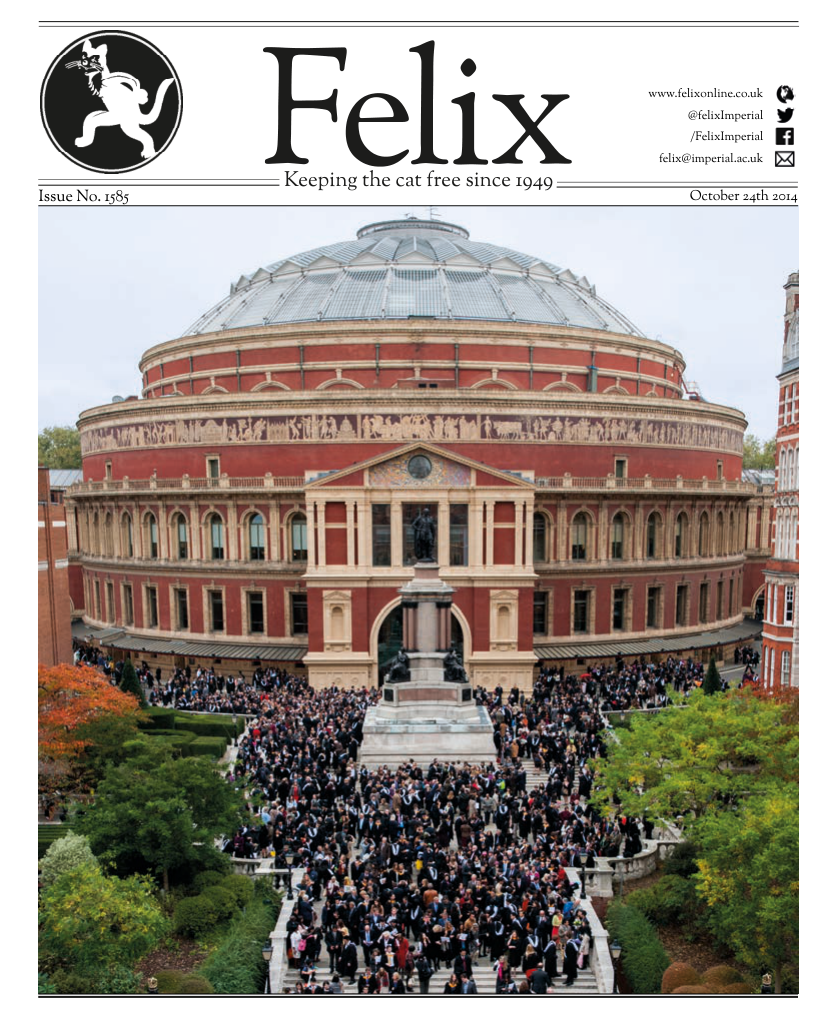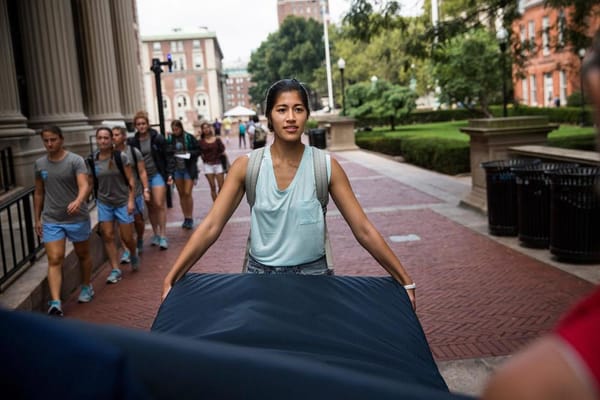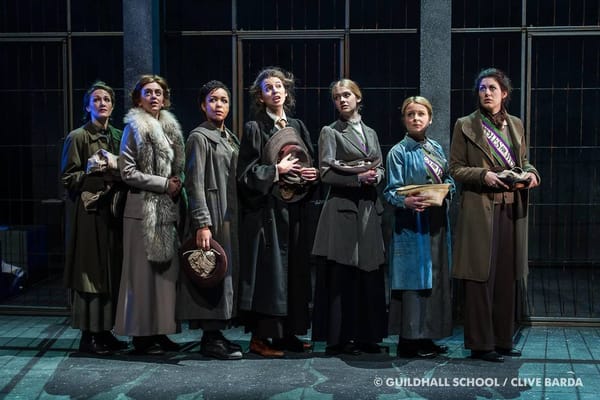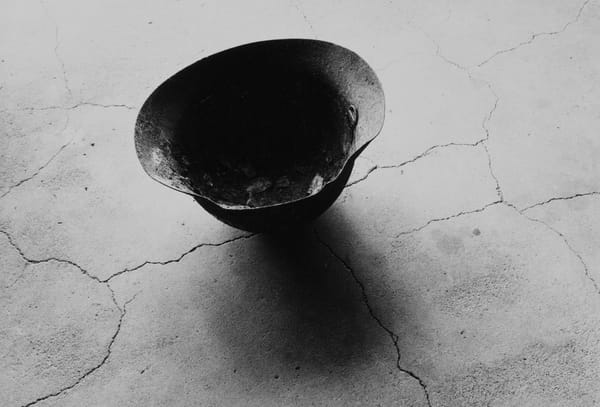Contrasting Worlds - The 2014 Turner Prize
Kamil McClelland assesses the contrived controversy of this year's prize
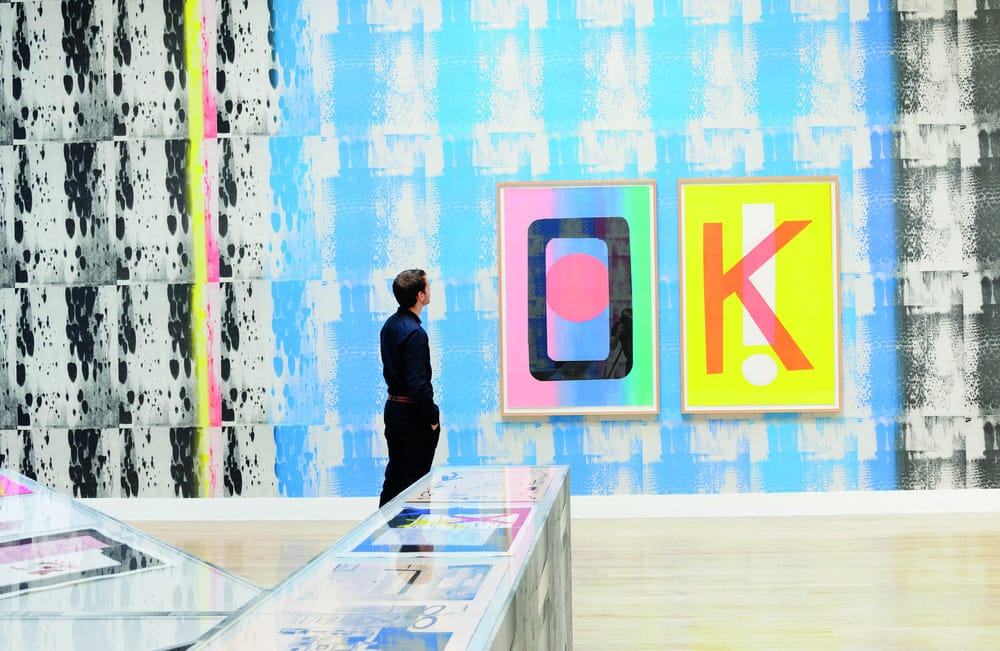
Tate Britain’s two main shows may be similar in name but in reality are worlds apart. The first, an exhibition of J.M.W. Turner’s late works, is a life-affirming homage to one of Britain’s greatest painters and offers glimpses into the beginnings of modern art. The other, shamefully named after this great artist, is something of an anticlimax.The_ Turner Prize_, now in its 30th year, is meant to showcase the best of what British art has to offer, helping define how the country’s art shall progress. Well, if that is true, it’s not looking good; this year’s celebrations went off with little more than a whimper.
The_ Turner Prize_ has never shied away from controversy; in fact, it has almost become a defining feature of the show. This was especially true back in the late 90’s when the Young British Artists – Damien Hirst, Tracey Emin and the like – were beginning to establish themselves on the art scene. Whether this art is actually any good is a debate for another time but it was certainly new and exciting and something that forced you to reconsider how you viewed art. More recently though, the Turner Prize has too consciously tried to be controversial, engineered to provoke a reaction as opposed to simply displaying the best of Britain’s current art and letting us decide what to make of it. The public has grown weary, and the formula for success that had once worked so well is now backfiring, pushing the Prize into irrelevance.
So as you can see I had my doubts as I entered the gallery but I tried to not let this cloud my judgment. I can’t say the first artist, James Richards, made it easy for me: seeing a flower slowly being stroked across a man’s sphincter gave quite a jarring first impression. Oh Turner Prize, how I missed you!
The Turner Prize has tried too consciously to provoke a reaction
Rosebud by Richards explores censorship of artwork, showing close-ups of art books in Tokyo where the genitalia has been scratched out to comply with their strict laws. It is pornographic, shocking, asking whether art can ever be censored. But it is also meandering, tiresome, a story with no plot.
I was hoping, after the torment of Richards’ piece, for things to get better. It was Tris Vonna-Michell’s turn: not the best of starts when even the explanation of his works described them as ‘confusing’. How was I going to manage? But seriously, what was his work even supposed to be? I was trying to create meaning for it in my head: perhaps it was a comment on the confusion and neuroticism of the modern world. It was as if the space had been thrown together, a random collection of slideshows and photographs that added nothing to your experience. All the while, an incomprehensible voice played over the speakers, like the stream-of-consciousness of a madman. Then came his film, where he takes you on a journey back to Berlin, searching for a place that no longer exists. Was he trying to look at the confusion of memory and reality? Who knows? Probably not even him.
This year's competition went off with little more than a whimper
Three of the four installations this year were video works, a sign of the times but also a shame: I would have liked to see a greater range of media. Video art is not like other art forms where you can lapse in and out of consciousness and still have a sense of what is going on. Video art requires your full attention, all the time. Three video works, then, was overwhelming and quite fatiguing, especially as some of the artists expected you to sit through over 50 minutes of video. I see myself as a patient person but this is taking the piss a bit. No one has time for that!
Video collages are very in vogue at the moment, suggestive of a post-internet generation that has grown up with the digital revolution. How to portray this online world and its cultural repercussions seems to be a real point of debate in art at the moment. Video and sound art seems to be one answer as artists struggle to manipulate orthodox media. However, the attempts provided at the Turner Prize have proven disappointing, not able to boil down the essence of this world into succinct pieces of art.
As you can tell, I wasn’t too impressed with what I saw. The artists are nominated based on exhibitions put on over the past 12 months and these previous exhibitions are also what determines the winner so what is on display really has no influence on the final outcome (thankfully). Some of these previous exhibitions were actually rather widely praised, most notably Duncan Campbell’s entry for the Venice Biennale. It is such a shame, then, that what is on show here really does nothing – especially seeing as you are expected to pay £11 to enter.
The remaining video artist, Duncan Campbell, built on his Irish background to create a mock documentary exploring the country’s turbulent past, quite a poignant piece but just as exciting as you would expect a fake news piece from forty years ago to be. Sitting through the whole thing proved to be an effort.
Ciara Phillips, the only artist not to do a video piece, offered up a room plastered from floor to ceiling in overlapping prints, repeating images like frames from a film reel. Overlaid onto this were bold, strong colours, attempting to inject some vitality into an exhibit that left little effect.
I left the exhibition without the feeling in my gut that follows profound and perspective altering shows, just a strange hollowness. Yes, some of the works touched on interesting topics, like Campbell’s work exploring how objective truth can be manipulated in media so that even our eyes deceive us. But I just don’t feel video art in the way it was presented did it any favours. I wasn’t the only one who felt that way, as the comments on the board outside the exit showed (although in slightly less measured words).
My advice to anyone considering going: don’t. It’s not worth your time. I’m going to be generous and say that this is not the best of what some of these artists have to offer and, at £11, it is simply not worth it for a competition that is looking more and more irrelevant as time goes on. Go instead to the Late Turner exhibition downstairs, which provides you with a completely new perspective on the great artist. Who will be the winner of this year’s £25,000 prize, announced in December? For me at least, none of the artists emerges as an obvious frontrunner.
_30th Sept 2014 to 4th Jan 2015 _
Tate Britain
Tickets £11 (regular), £6 (student)

